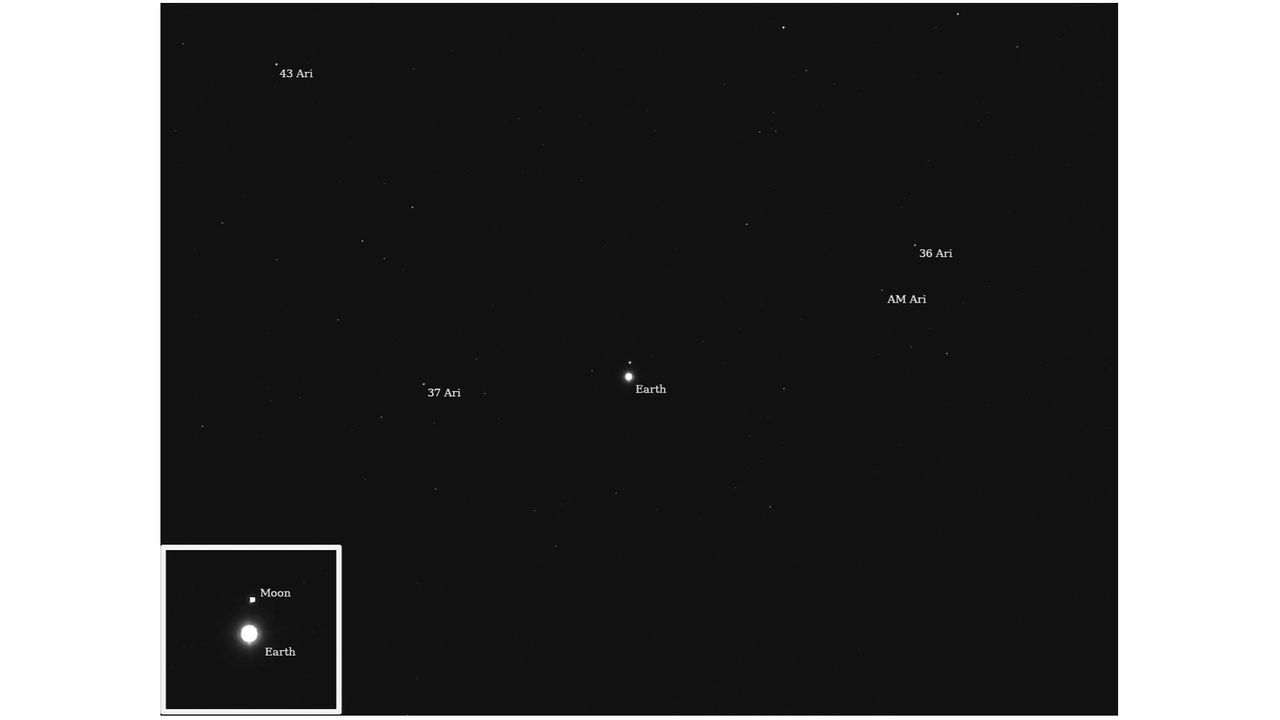NASA’s Psyche spacecraft has sent back an extraordinary image of Earth from deep space, offering a unique view of our planet from a distance of approximately 180 million miles (290 kilometers). Launched in October 2023 atop a SpaceX Falcon Heavy rocket, the Psyche mission aims to explore the metallic asteroid known as 16 Psyche, believed to be the remnant core of a planetesimal, or a small planet.
During a recent testing phase, the Psyche team commanded the probe to capture images of Earth on July 20 and July 23. This long-exposure photography showcases Earth and the moon illuminated by reflected sunlight, set against the backdrop of stars in the constellation Aries. The striking image not only highlights the capabilities of Psyche’s twin cameras but also serves as a significant scientific tool for calibration and testing.
Scientific Purpose and Future Plans
The multispectral imager aboard the Psyche spacecraft is designed to detect various wavelengths of light. This technology will allow scientists to analyze the spectral signatures of light reflecting off 16 Psyche, providing insights into the asteroid’s composition. While Earth and the moon were advantageous targets for initial imaging, future observations may focus on more distant celestial bodies.
Jim Bell, the Psyche imager instrument lead at Arizona State University, emphasized the importance of this imaging process. “After this, we may look at Saturn or the large asteroid Vesta to help us continue to test the imagers,” he stated. Previously, the imager has captured images of both Jupiter and Mars, contributing to a broader understanding of the solar system.
Bell described this process as akin to collecting “solar system trading cards,” indicating that the team is gathering diverse data from various celestial bodies to ensure accurate results throughout their calibration efforts.
Psyche’s Journey Ahead
Currently, the Psyche spacecraft is en route to Mars, where it will perform a gravitational slingshot maneuver in spring 2026. This maneuver is crucial for propelling the probe towards its ultimate destination, 16 Psyche. If all mission parameters are met, the spacecraft is expected to arrive at the metallic asteroid in 2029.
The Psyche mission stands as a groundbreaking venture in planetary science, providing an opportunity to study a unique celestial object that could offer clues to the formation of planetary cores. As the spacecraft continues its journey, the scientific community eagerly anticipates the wealth of data that will emerge from this historic exploration.
